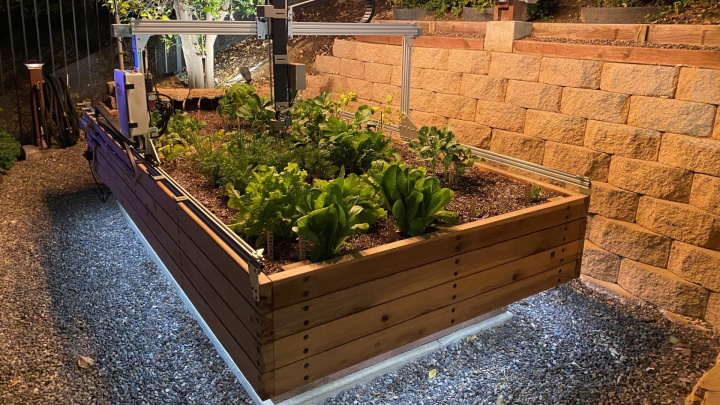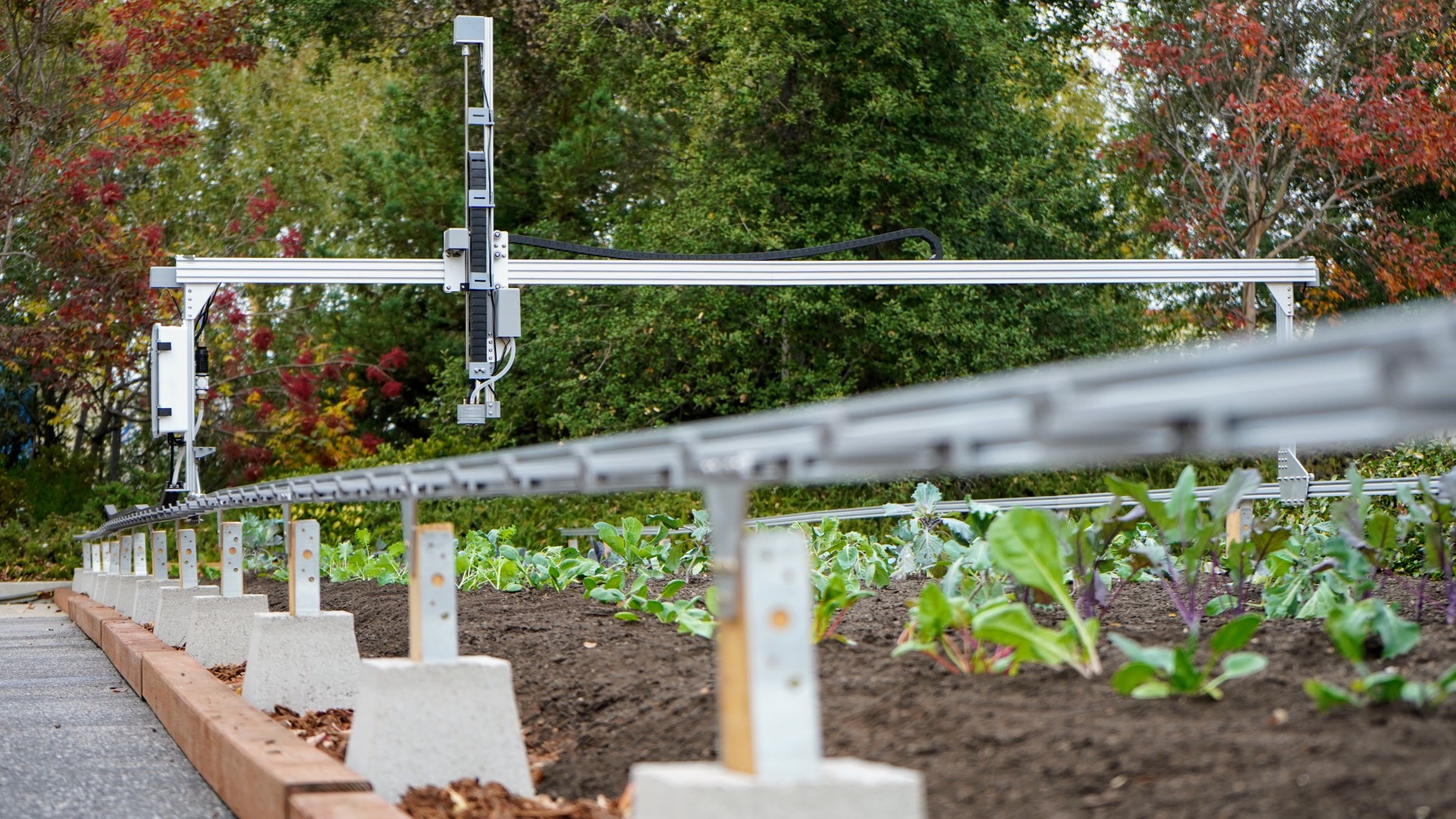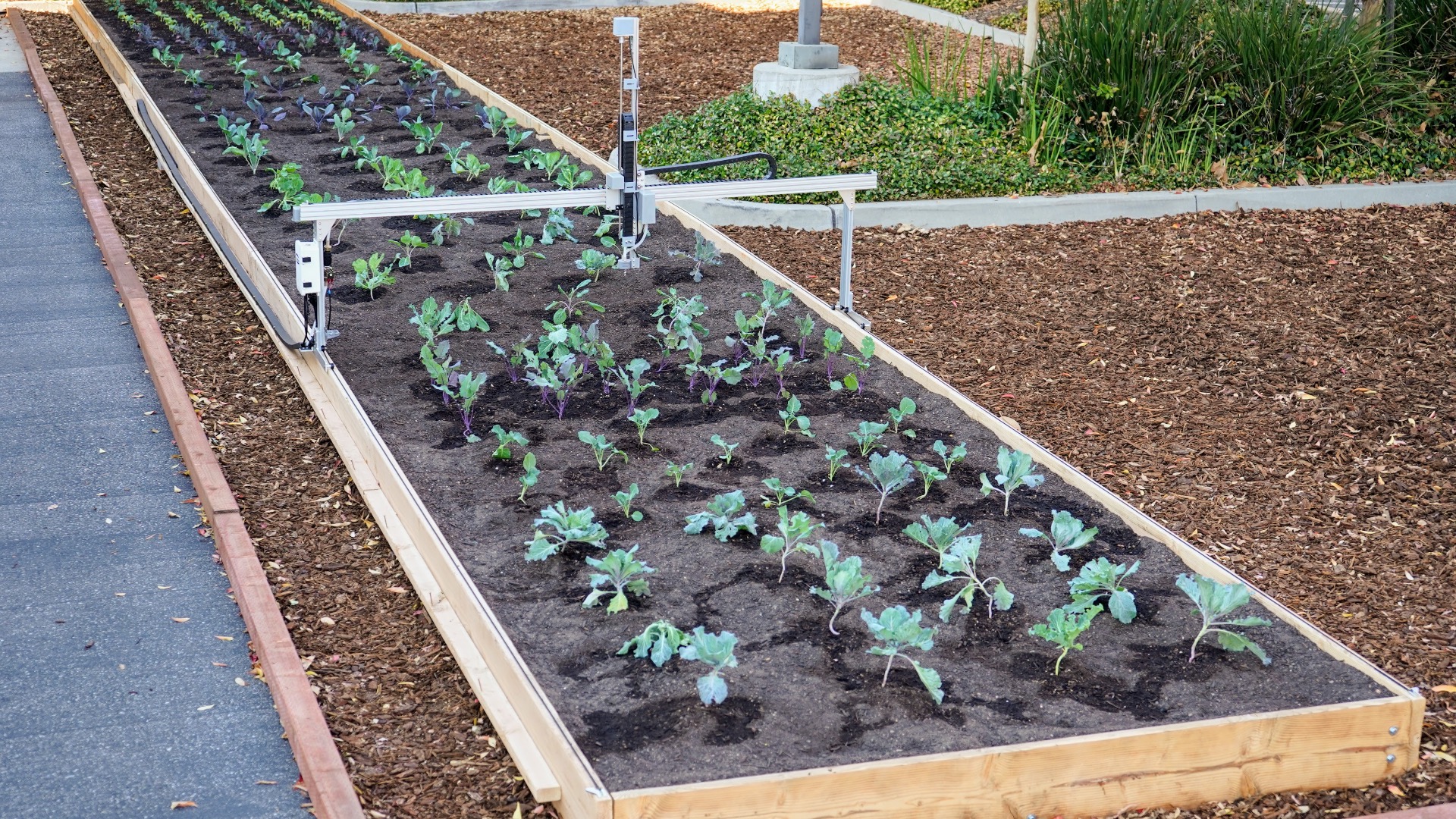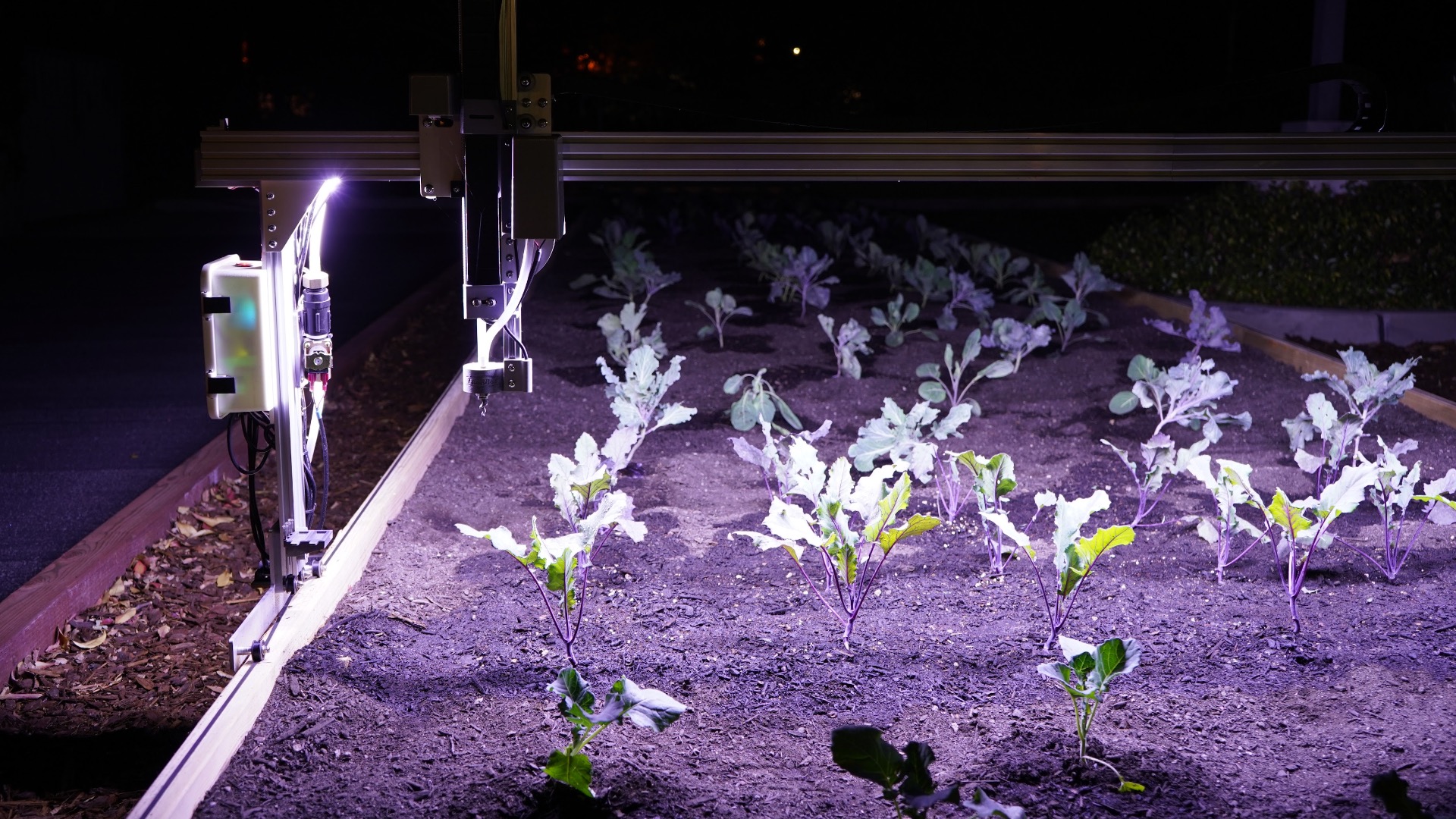Open-Source Robotics for Sustainable Gardening
Modern technology is opening new pathways for sustainable food production, and FarmBot stands out as a prime example. This innovative, open-source precision agriculture project combines robotics and software to automate small-scale gardening. Whether deployed in home gardens, educational environments, or for small-scale commercial use, FarmBot provides an efficient and sustainable solution for taking food production to the next level.

The FarmBot project was developed by Rory Aronson in 2011 while studying mechanical engineering at California Polytechnic State University. The project adheres to a fully open-source philosophy: all hardware designs, software code, and documentation are freely available, enabling users to modify, enhance, and share their own versions. This approach fosters a collaborative community and provides the opportunity to customize the technology for various applications, from home gardening to educational use. In the spirit of transparency, the company FarmBot Inc. openly shares not only the technology but also financial information and business insights, thereby inspiring emerging entrepreneurs.

Hardware and Design
The FarmBot hardware comprises an XYZ gantry robotic farming machine constructed from corrosion-resistant aluminum and stainless steel. Key components include:
- Raspberry Pi and Arduino Mega 2560 for control and operation
- Universal Tool Mount (UTM) with magnetic connectors for interchangeable tools
- 24V DC motors and stepper motors for precise movements
- Farmduino v1.6 control board with TMC2130 stepper drivers and integrated stall detection
- 3D-printed parts for customization and tool creation
This modular design allows for easy assembly, maintenance, and modification, enabling the system to be adapted to various garden layouts and growing needs.
Software and Usage
The web-based FarmBot application provides an intuitive interface for controlling and managing the device. The application offers real-time manual control, a sequence builder for creating custom routines, and a graphical garden designer. The software integrates with the OpenFarm database, which provides optimal planting and care information. Additionally, the system includes a decision support component that optimizes scheduled events based on weather forecasts. All software is open-source and licensed under the MIT License, allowing users to modify and enhance the existing codebase.

Applications and Sustainability
FarmBot offers versatile applications, ranging from home gardening to educational institutions and small-scale commercial farming. In homes, FarmBot automates tasks like planting, watering, and weeding, making food production accessible even for those with limited time or mobility. In educational institutions, FarmBot serves as a practical tool for teaching robotics, coding, and agriculture. The system's cost-effectiveness is also noteworthy, with a return on investment achievable within 6-24 months with appropriate crop selection. Furthermore, FarmBot promotes sustainability by enabling local food production, thereby reducing carbon emissions associated with transportation, especially when powered by renewable energy sources like solar panels.
Thus, FarmBot is not just a technological innovation, but a step towards the future of sustainable, local food production, where communities and individuals collaborate for a more livable world.
